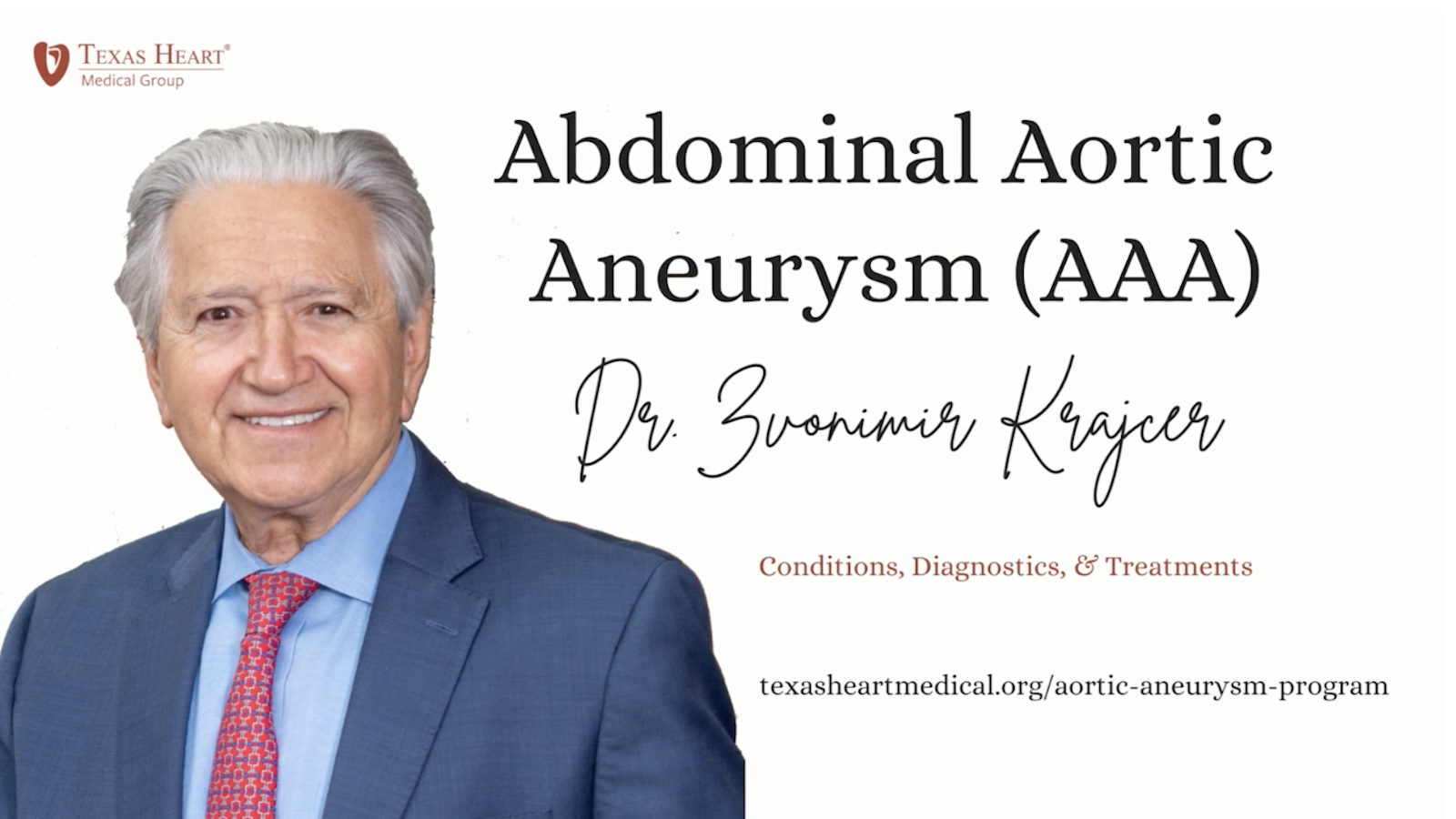Abdominal Aortic Aneurysm
What is an aneurysm?
An aneurysm is a balloon-like bulge in an artery. Aneurysms can form in arteries of all sizes. An aneurysm occurs when the pressure of blood passing through part of a weakened artery forces the vessel to bulge outward, forming what you might think of as a blister. Not all aneurysms are life-threatening. But if the bulging stretches the artery too far, this vessel may burst, causing a person to bleed to death. An aneurysm that bleeds into the brain can lead to stroke or death.
What is an aortic aneurysm?
A bulge (enlarged and thinning, like a bulge on a bicycle tire) that occurs in a part of the aorta (the main blood vessel that carries blood from heart to the rest of the body) that passes through the abdomen (stomach area). The bulge of the aorta is due to a weakening in the blood vessel wall.
What is an abdominal aortic aneurysm?
The abdominal aorta delivers blood from the heart to the lower half of the body. If the abdominal aorta becomes weak, it can balloon or enlarge, forming an abdominal aortic aneurysm (AAA).
Pressure from blood flowing through an AAA can cause the abdominal aorta to burst. Rupture of an AAA is almost always fatal. As many as 30,000 Americans die each year from AAAs, and studies have shown that they occur in up to 13% of men and 6% of women over the age of 65. (Women and the Threat of AAA)
The most common testing to determine the size of your aneurysm is an abdominal ultrasound, CT scan angiogram, or magnetic resonance image (MRI).
What will happen?
If your AAA is small, your doctor may recommend periodic check-ups to monitor if the AAA is growing in size. These check-ups may either be an abdominal ultrasound or follow-up CT scan or MRI of your abdomen.
If your doctor has determined that your AAA has reached a size for treatment, he may recommend endovascular intervention with a stent or traditional open surgery. Before having any treatment, you will be scheduled for several pre-procedural tests and will have a diagnostic angiogram to measure your aneurysm invasively and determine if your aneurysm is a candidate for endovascular repair. Not all patients are candidates for AAA endovascular repair with a stent.
If your pre-procedural testing and diagnostic angiogram confirm that you are a candidate for a AAA stent, a custom stent will be ordered based on the measurements of your aneurysm. Our office will contact you once the stent has arrived to schedule your procedure.
The stent placement procedure will be performed in the catheterization lab at the hospital. You will be given sedation medication to relax you and the anesthesiologist will insert a breathing tube to control your breathing during the procedure. Both legs at your groin will then be shaved and cleaned with a special soap. The physician will then make small incisions (3-4 inches) on each hip (near the crease between the abdomen and thigh). A small tube will be placed in each incision. Your doctor will then place each part of the stent graft separately into your aorta. Once both parts of the stent graft are connected, blood should flow through the stent device instead of the AAA.
The doctor will then take X-rays to confirm the blood is flowing through the stent graft, and not the aneurysm.
The doctor will then place stitches in each leg. The breathing tube is usually removed in the recovery room.
How long does it take?
The procedure will take approximately 1-2 hours.
Post Procedure Instructions:
You will recover overnight in the hospital. Approximately 90% of patients are discharged the following afternoon. Your doctor will schedule you for outpatient testing and follow-up.
Contact your physician if your have any of the following symptoms:
- Pain, numbness, or weakness in the legs, back, chest, or abdomen
- Leg or hip pain when walking
- Leg coolness
- Swelling, redness, or drainage at incision sites
“Aortic aneurysms are sometimes stable and cause no symptoms, but if they grow too large, they can burst— and it is deadly if not treated in time. For over 25 years we have developed less invasive treatments that can now be conducted under light sedation using minimally invasive, interventional treatments versus traditional surgery.” Dr. Zvonimir Krajcer, Past President International Society of Endovascular Specialists

